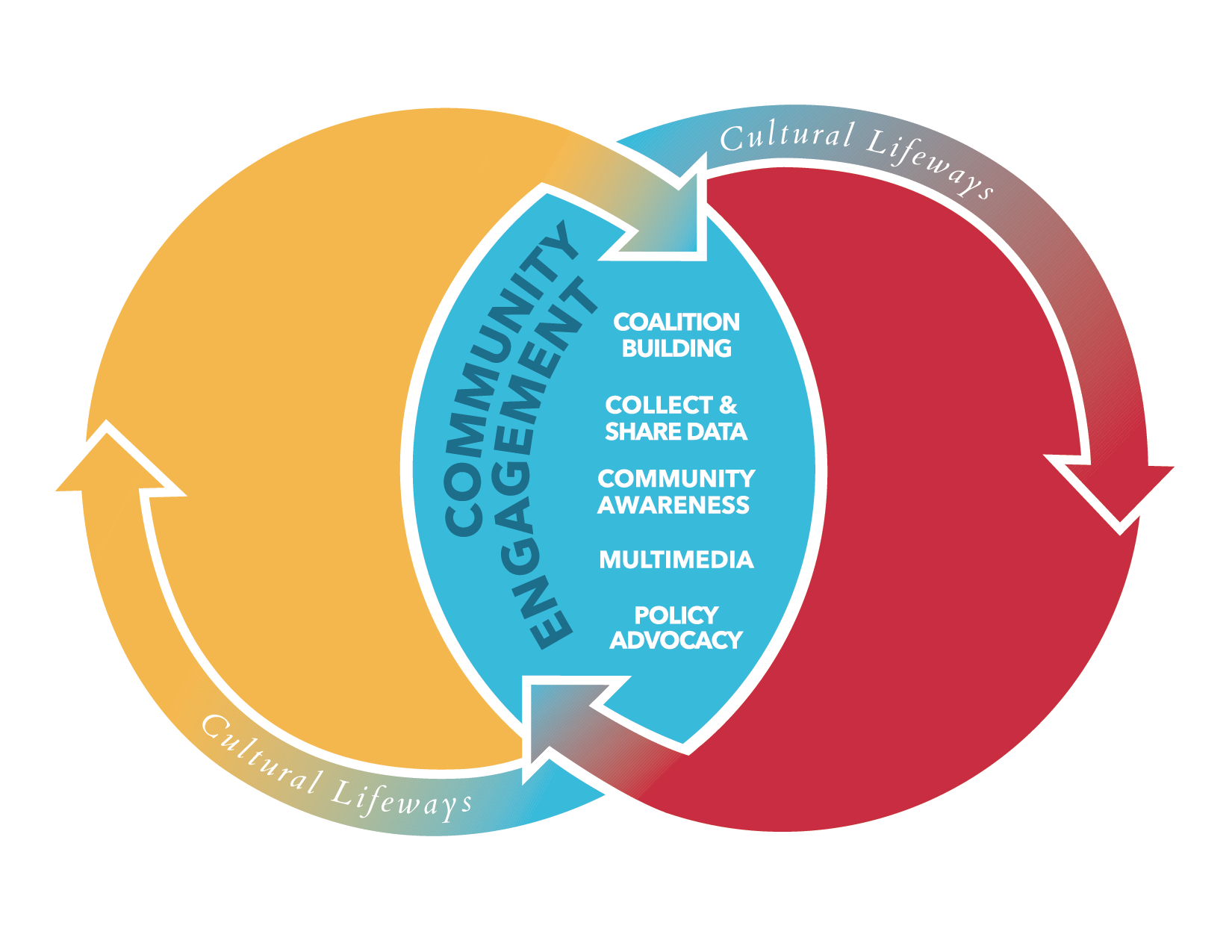
Radio Toolkit

Broadcast Your Message
Radio programs or ads can be costly, but have the potential to reach several thousand people.
Similar to recommendations in the newspaper section, think about the people that listen to the radio in your community and adjust your message to fit that population.
Planning
- Choose a topic.
- For radio programs:
- Recruit volunteers to participate or ask someone to cover your topic. (Maybe a radio MC or someone who already has a radio program related to your topic?)
- Prepare resource packets for program participants. Encourage them to get familiar with the topic and highlight areas of interest to speak on.
- Make an outline with estimated times for specific components.
- Promote your program before it is aired.
- Go live or pre-record the program. Listen to a sample radio program recording.
- For radio ads/public service announcements (PSAs):
- Recruit youth volunteers to make a public service announcement (PSA) and get written parental permission for minors. See the Čaŋlí Coalition media release form.
- Discuss the topic with the youth and give them a few statistics to inspire them. Encourage them to speak on a topic they are passionate about. It will be easier for them and their passion will come through to radio listeners.
- Support the volunteers to put their thoughts in writing:
I’m [insert first name] from [town/tribe/school]. This is what I think about [topic]. This message is brought to you by [insert coalition name with funding from___]. - Record the youth reading their statement or arrange for them to record at the radio station.
- Give the recording to the radio station to mix your ad/PSA. Listen to radio example 1 and radio example 2 of Čaŋlí Coalitions’ radio PSAs.
- Air your ad/PSA.
Materials Needed
- Smartphone with an audio recorder app and lapel mic
- Educational resources for volunteers
What if?
You or your volunteers are intimidated about being on the radio.
-
Give reassurance that it will be easier and more fun than they expect. (We promise!)
-
Prepare volunteers with resources and practice.
-
There is safety in numbers. Have 2 or 3 volunteers record a PSA together.
Hints
-
Radio guests don’t have to be an expert on the topic. They just have to get familiar with resources from experts, or have a personal story to share on the topic.
-
Have fun on the radio and try to relax. A conversational radio program with Native humor will be engaging and genuine!
-
Request a recording of radio programs and reuse the audio content on social media, health fair booths, etc.
Čaŋlí Coalition
To include cultural lifeways, we… Asked our team before radio programs what we can do/say to make the discussion more relevant to our tribal community as opposed to a radio discussion on the same topic for the general population.





